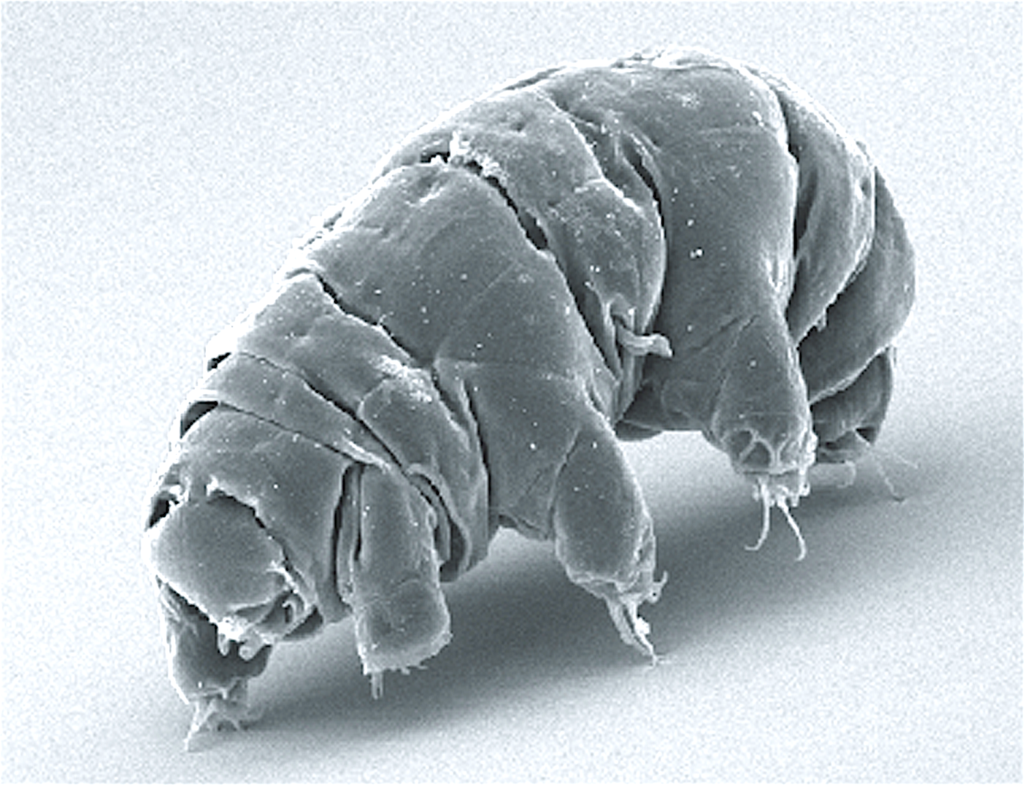No living organism can survive in the dead of space, right? The unlikely exception: water bears. Also known by their scientific name, tardigrades, water bears are incredibly resilient microscopic aquatic animals. There are over 1000 species of the animal, and various forms have been found to survive in temperatures and radiation levels of space, pressures of the deep oceans, and in chemically harsh liquids like acid. The extreme environmental tolerance these little critters developed is an amazing feat of nature, and a group of scientists at the University of Tokyo is working to understand how.
The research’ goal was to dig deeper into a question previously asked by researchers at the University of North Carolina (UNC) – How did the tardigrades genetically acquire these unique properties? The UNC researchers found that the tardigrades they studied acquired genes by a process called Horizontal Gene Transfer. This process describes when genes are transferred between species (as opposed to vertical gene transfer, which is a term for how genes move between parent and child). The rate of horizontal gene transfer in the UNC tardigrades was 17.5%, which is much higher than most other organisms. UNC was criticised for having contamination in their experiment, so the Tokyo researchers attempted to repeat and dive deeper into the original experiment.
The Tokyo researchers conducted a precise genetic analysis of one of the most stress tolerant tardigrade species in terms of dehydration. To reduce variance in the study, they used genes from a single tardigrade. The researchers studied the genome in 6 different stages of the lifecycle: two in the embryonic stage and four in the adult stage. After extracting and purifying the DNA, they successfully identified 99.8% of the genes. These identified genes account for 70,674 genetic sequences, which encode for 19,521 different proteins. They then performed various statistical analyses of the sequences to understand the patterns and relationships of the tardigrade sequences to those of other known bacteria. They also used an analysis called gas chromatography to check for purity of their samples, to help avoid any forms of contamination.
The Tokyo researchers found a horizontal gene transfer rate of only 1.2%, which means that very few tardigrade genes were coming from foreign species. This small variance compared to the UNC findings of 17.5% could mean that more validation testing is required to understand the true story behind the unique genetic origins of tardigrades. This also demonstrated the importance of repeatable experiments constructed with processes that meet a high quality standard in the scientific pursuit of truth.


